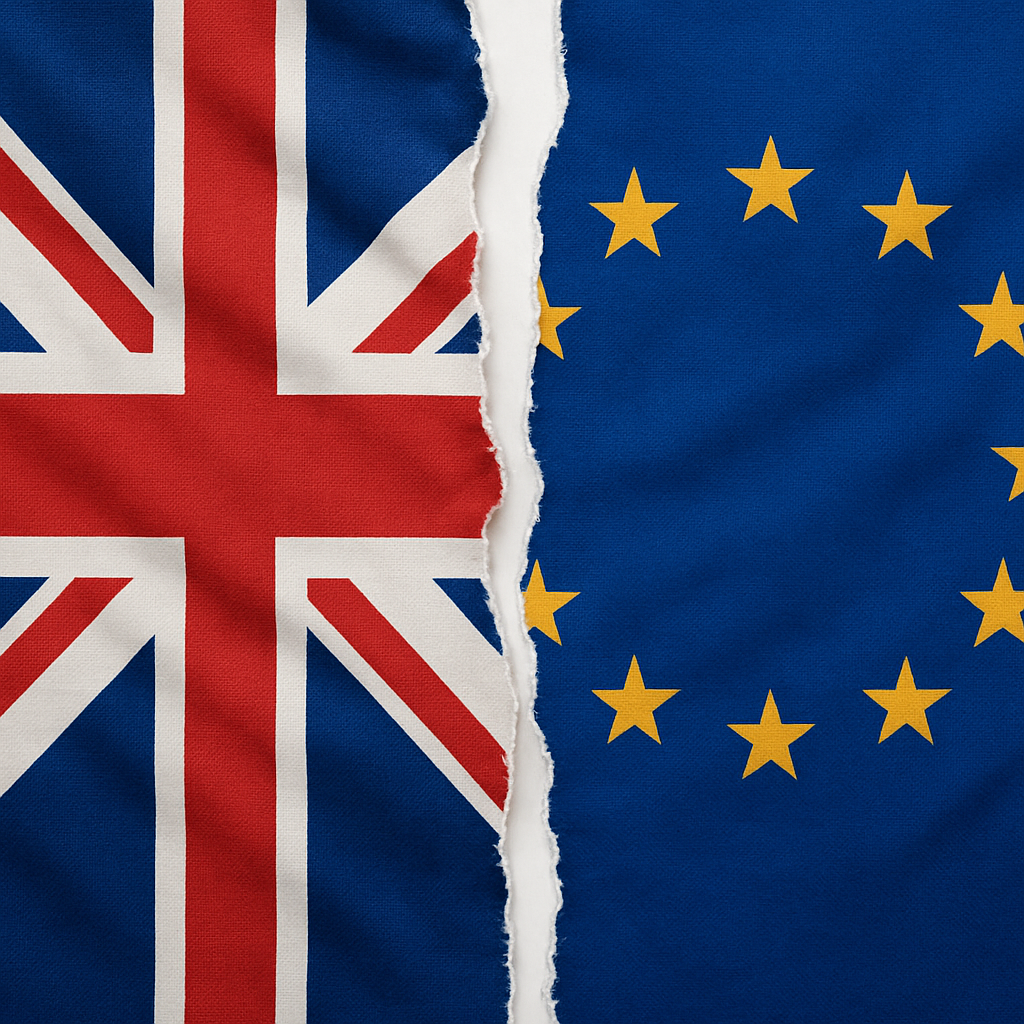(Publ. 20 OCT 2022) Industries with an above-average ownership of IP rights per employee (IPR-intensive industries) accounted for a total of 82 million jobs and generated more than 47% of total economic activity (GDP) in the period 2017 to 2019, according to the EPO’s and EUIPO’s jointly report “IPR-intensive industries and economic performance in the European Union”.
The study covers a broad range of IP rights; trademarks, patents, designs, copyright, geographical indications (GIs) and plant variety rights (PVRs) — and considers a variety of economic indicators, in particular GDP, employment, external trade and wages.
Patent-intensive industries contribute 11% of employment and 17.4% of GDP in the EU. Above-average shares of employment are found in Austria, the Czech Republic, Germany, Hungary, Slovakia, Slovenia and Sweden.
Patent-intensive industries in Sweden contribute 17.7% of Share of GDP and 12.5% of Share in employment. Trademarks-intensive industries contribute 30.5% and 21.5% respectively and design-intensive industries contribute 14.4% and 12.4% respectively.
Among the study’s other findings are:
- IPR-intensive industries account for more than 75% of intra-EU trade
- Almost 7 million IPR-related jobs in the EU member states are created by companies from other member states
- IPR-intensive industries have a wage premium of 41% over other industries
- The relative contribution of IPR-intensive industries to the EU economy has increased since the previous study
According to recent estimates, the global market volume of the green and sustainable technology sector exceeded €4 trillion in 2020, and revenues for environmental technology and resource efficiency are expected to grow to close to €10 trillion euros by 2030. Companies operating in CCMTs (Climate change mitigation technologies) and related business areas frequently rely on IPRs to protect the value of their innovations.
The distribution of CCMT patent applications in the 2015–2019 period is very skewed. Germany, accounting for 41.7% of all CCMT patent applications from EU Member States, is clearly the dominant country. France comes second, with 17.3%, followed by the Netherlands (8.5%), Denmark (6.5%) and Sweden (5.9%). A similar trend can be observed in green EUTMs of EU applicants.
The growing importance of intellectual assets in today‘s competitive markets has led to the publication, in recent years, of a wealth of economic and management literature dealing with IPRs. Legal protection of intellectual property encourages individuals and organizations to be creative and innovative by granting them exclusive legal rights to the fruits of their work.
The study was published by the EPO and the EUIPO Observatory on 11 October 2022. It follows previous studies published in 2013, 2016 and 2019.
The EPO/EUIPO report can be read/downloaded in its entirety on the website>





















